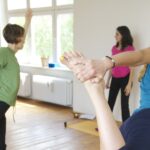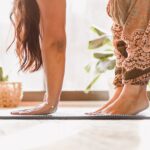Self exploration through the language of Chakras
When:
Saturdays 10.30-12.00, October 13th- December 15th, 2018
Where:
At our English Yoga Berlin studio, Görlitzerstr. 39 – Kreuzberg, Berlin.
What does this Chakra course offer?
The Chakras are energetic centers positioned in our pranic bodies that ensure the flow of energy connecting our bodies, minds, and soul. Each chakra influences and is influenced by an area of the body, a way of thinking, and an emotion. In this course we will explore which emotions, way of thinking and body postures ensure an unobstructed flow of energy and vice versa.
In this nine week course we will learn the symbolic language of the chakras and how human behaviors affect its vibrations. We use the chakras as a map to help us self explore certain concepts like our tribes (as an archetype), creativity, self esteem, forgiveness, surrender, love, detachment and connection to our spirits.
The classes will be given in the format of an introduction, followed by self exploration through yoga poses and visualizations.
For a more detailed view of each class please click here.
Who:
Students with at least three months of yoga experience. Maximum participants: 13
Price:
180 Euro for nine classes
Early registration discount:
30 € discount if you register before September 15th , 2018. The course is refundable unless cancellation occurs later than October 1st, after which 50% refund. Space is limited so register early before the spots fill up!
Please note:
-
This course is no substitute for therapy. The concepts explored are ones that most humans tend to struggle with on some level and can awaken some new views into your own psyche. The purpose of the course is self-exploration and not psychological therapy.
-
During this course we are not going to learn traditional methods of activating the chakras through Kundalini yoga. There will be no attempt to rise the Kundalini energy as this requires a lot of purification of the student beforehand and an experienced guru that deems the student to be ready.
- This class is recommended to students with previous yoga experience.
To book a place please contact: pinelopi (at) englishyogaberlin (dot) com
Pinelopi specializes in Hatha Yoga. Her yoga Kreuzberg Berlin classes are open for and welcoming to beginners. She offers Berlin business yoga, private yoga classes for people struggling with chronic pain, yoga courses and workshops.




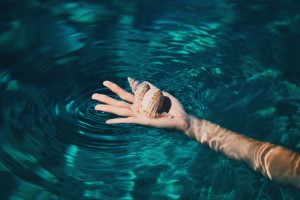
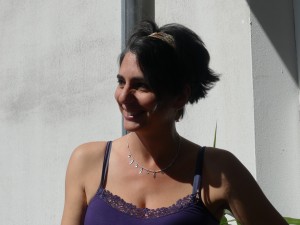
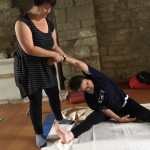
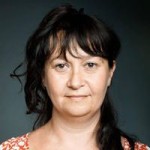
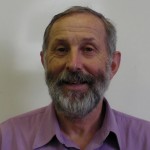
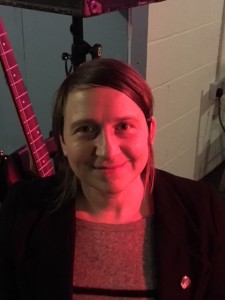
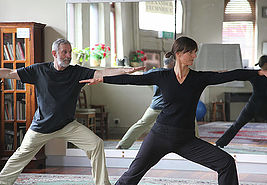

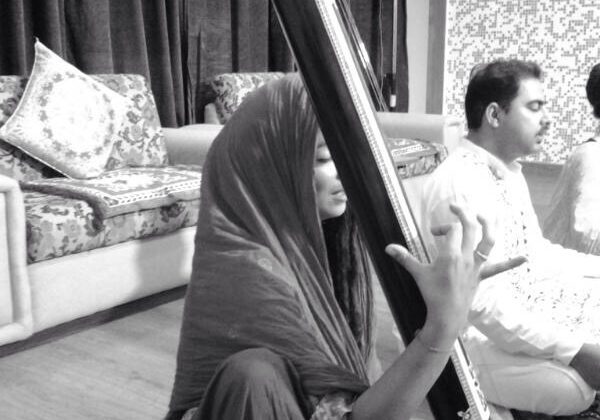
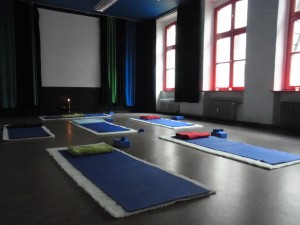 Depending on where you are from or how far you are in your own personal yoga practice, you may not yet be familiar with Yoga Nidra. But with all the stress going on in the world, and more specifically, in our everyday lives, finding ways to relieve deep tension in our bodies and minds is becoming increasingly important. At our
Depending on where you are from or how far you are in your own personal yoga practice, you may not yet be familiar with Yoga Nidra. But with all the stress going on in the world, and more specifically, in our everyday lives, finding ways to relieve deep tension in our bodies and minds is becoming increasingly important. At our 
 Rapid Imagery
Rapid Imagery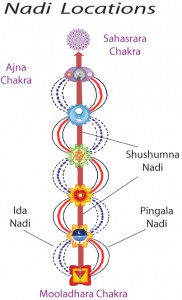 subtle life force
subtle life force

